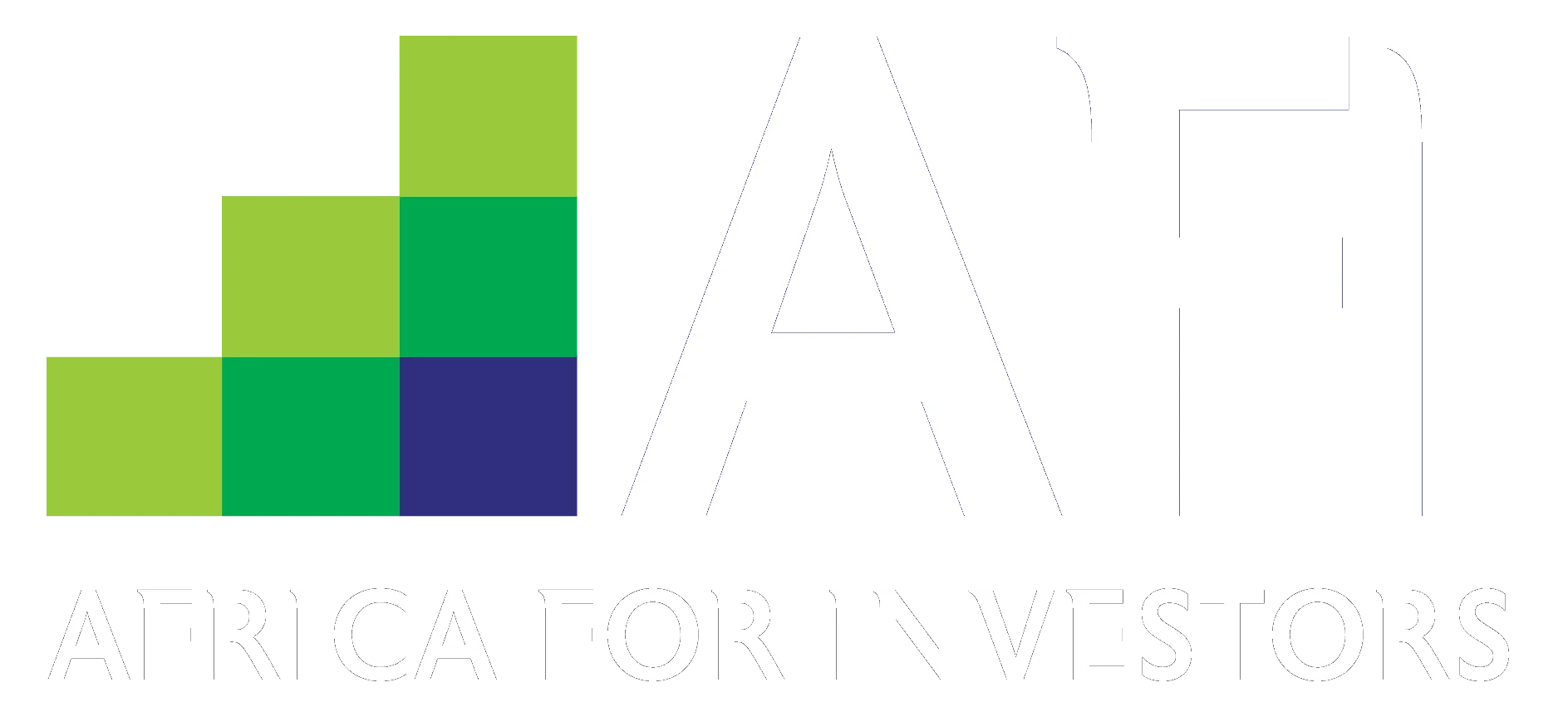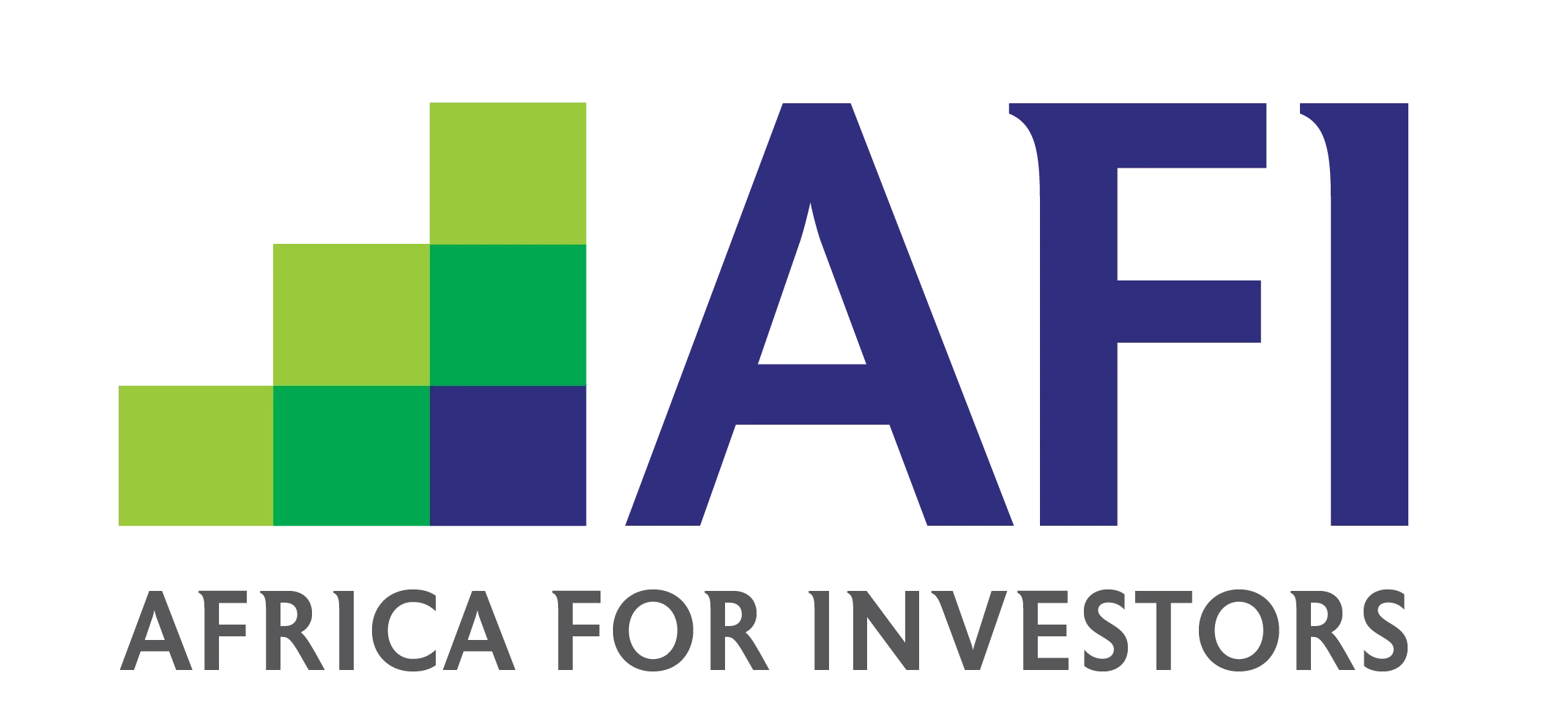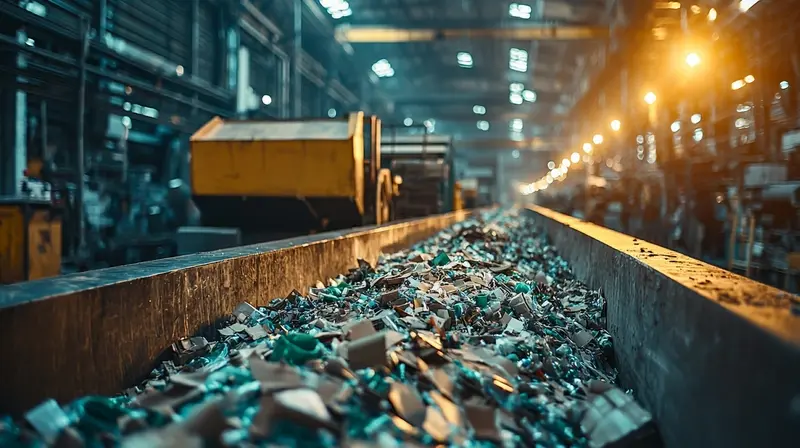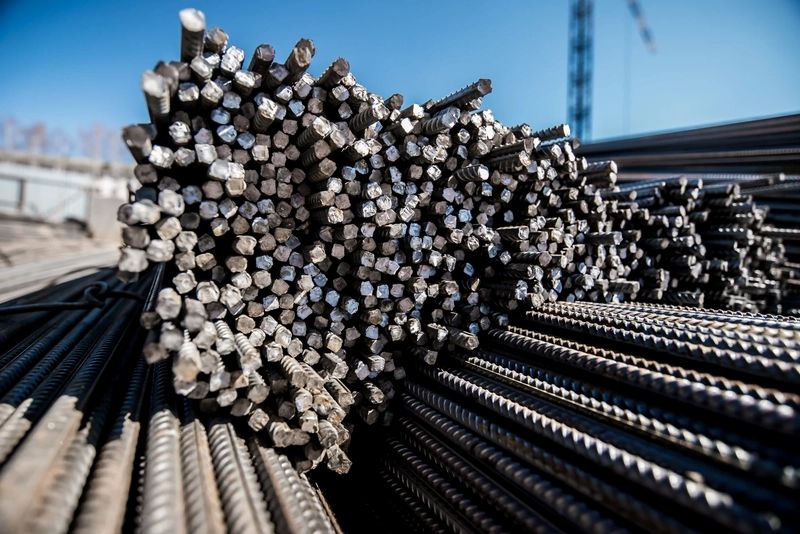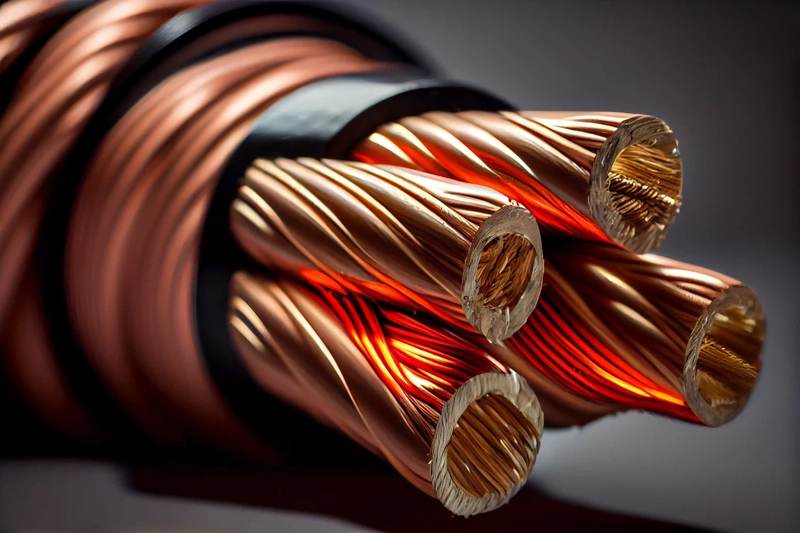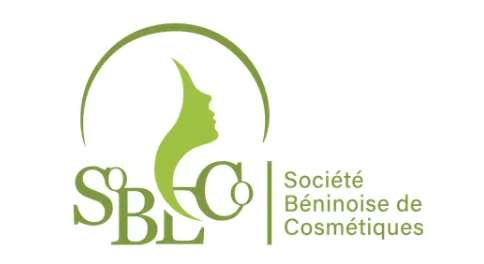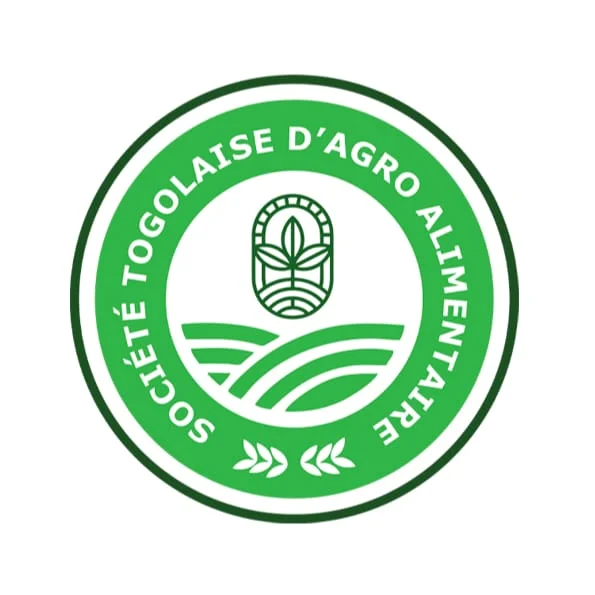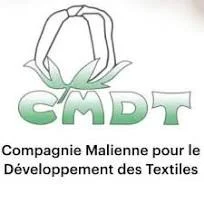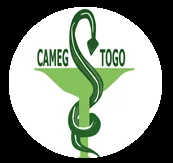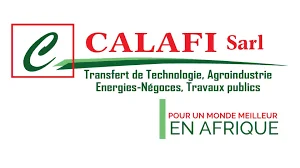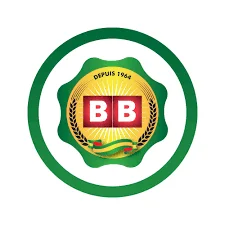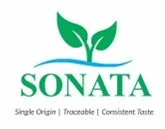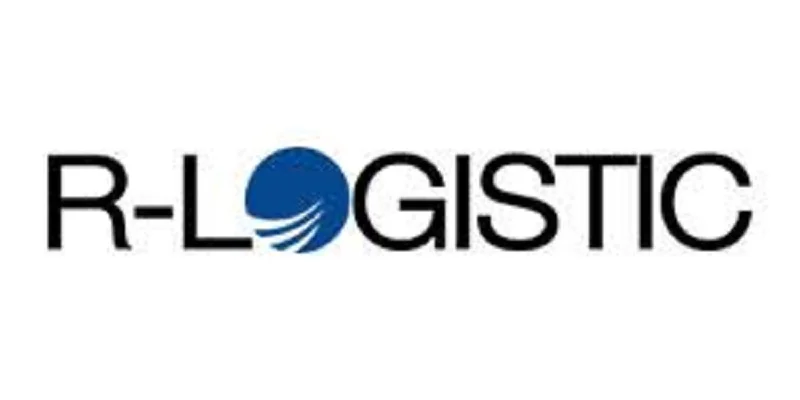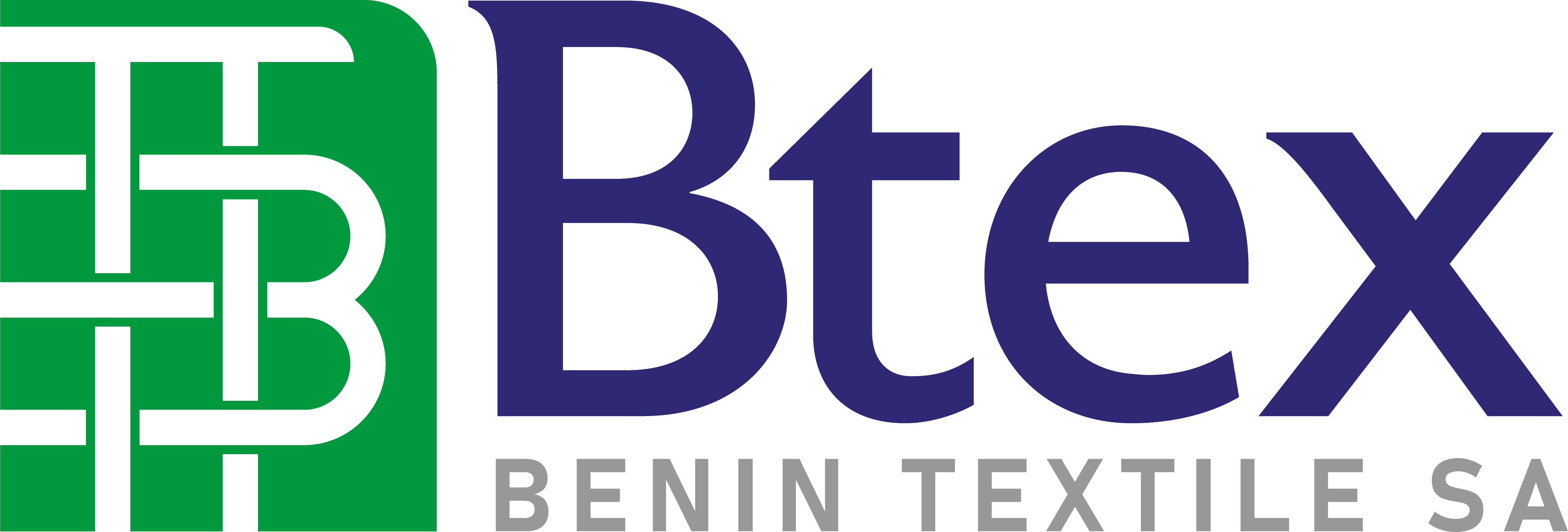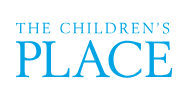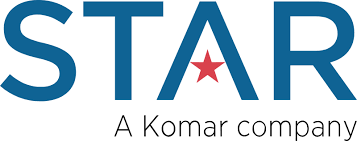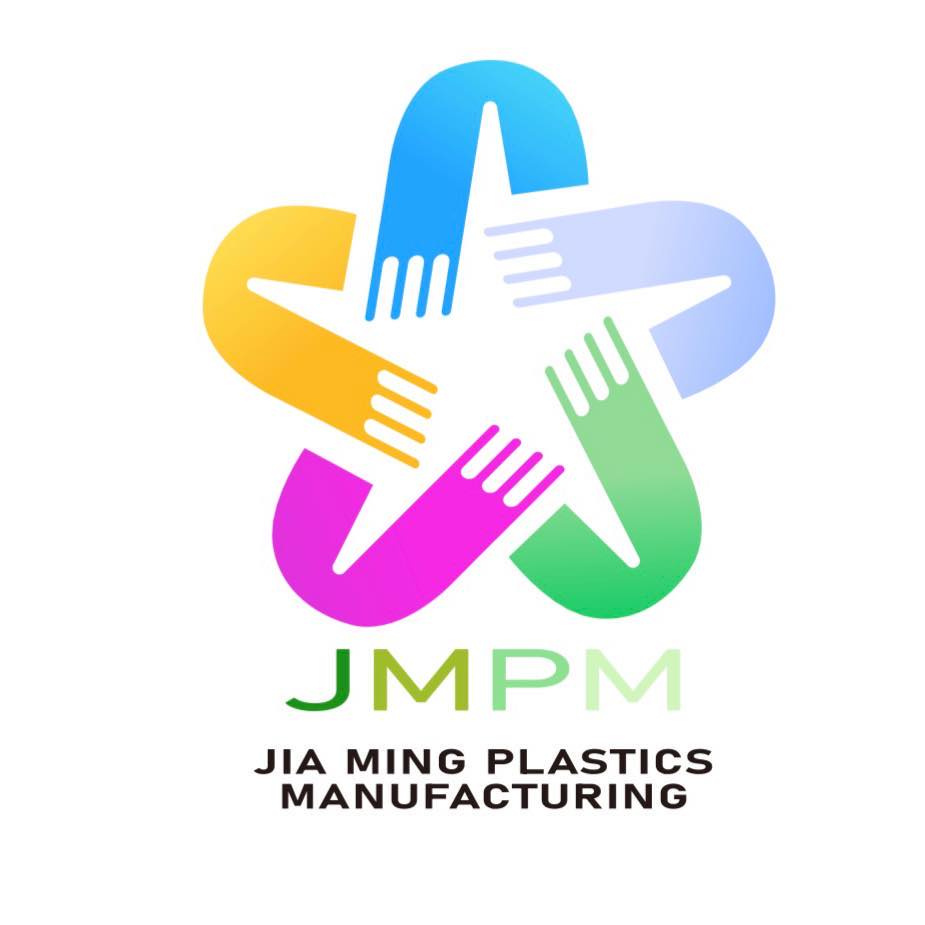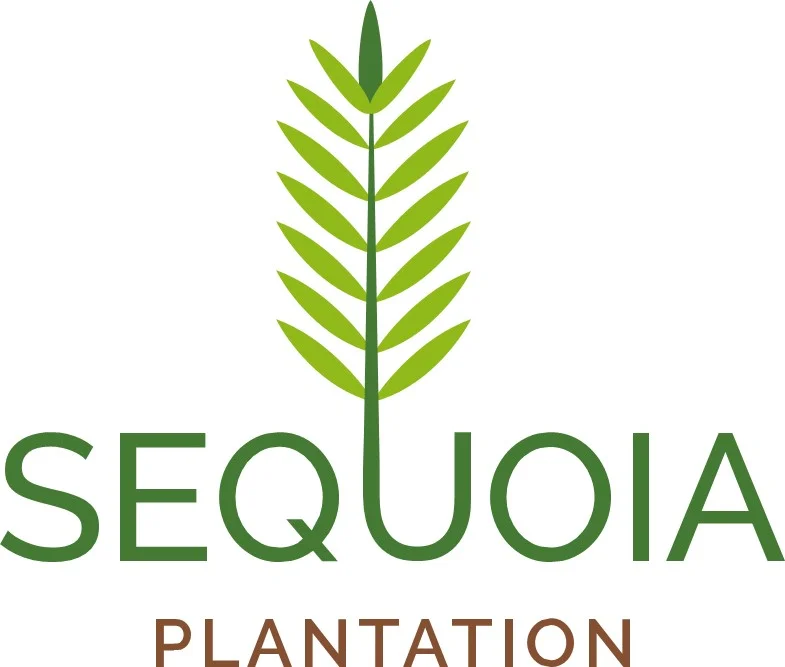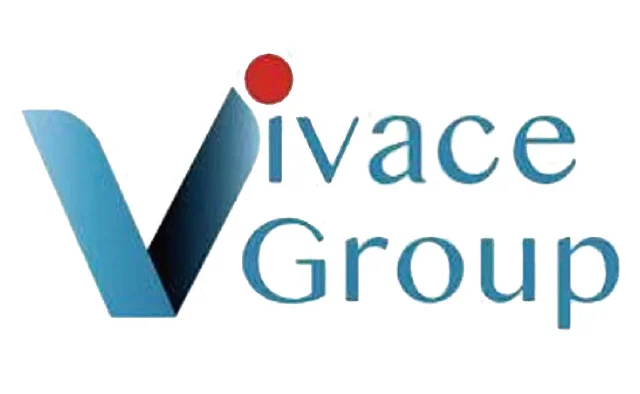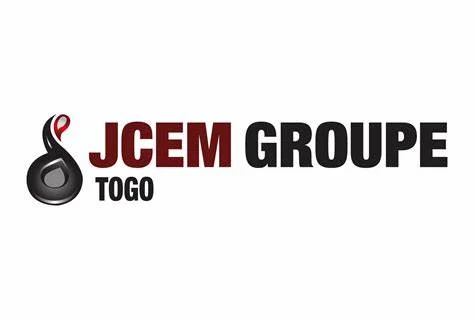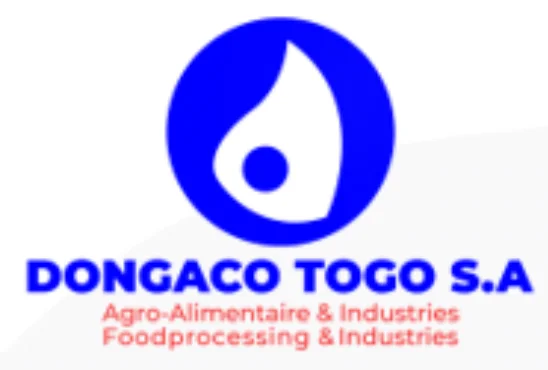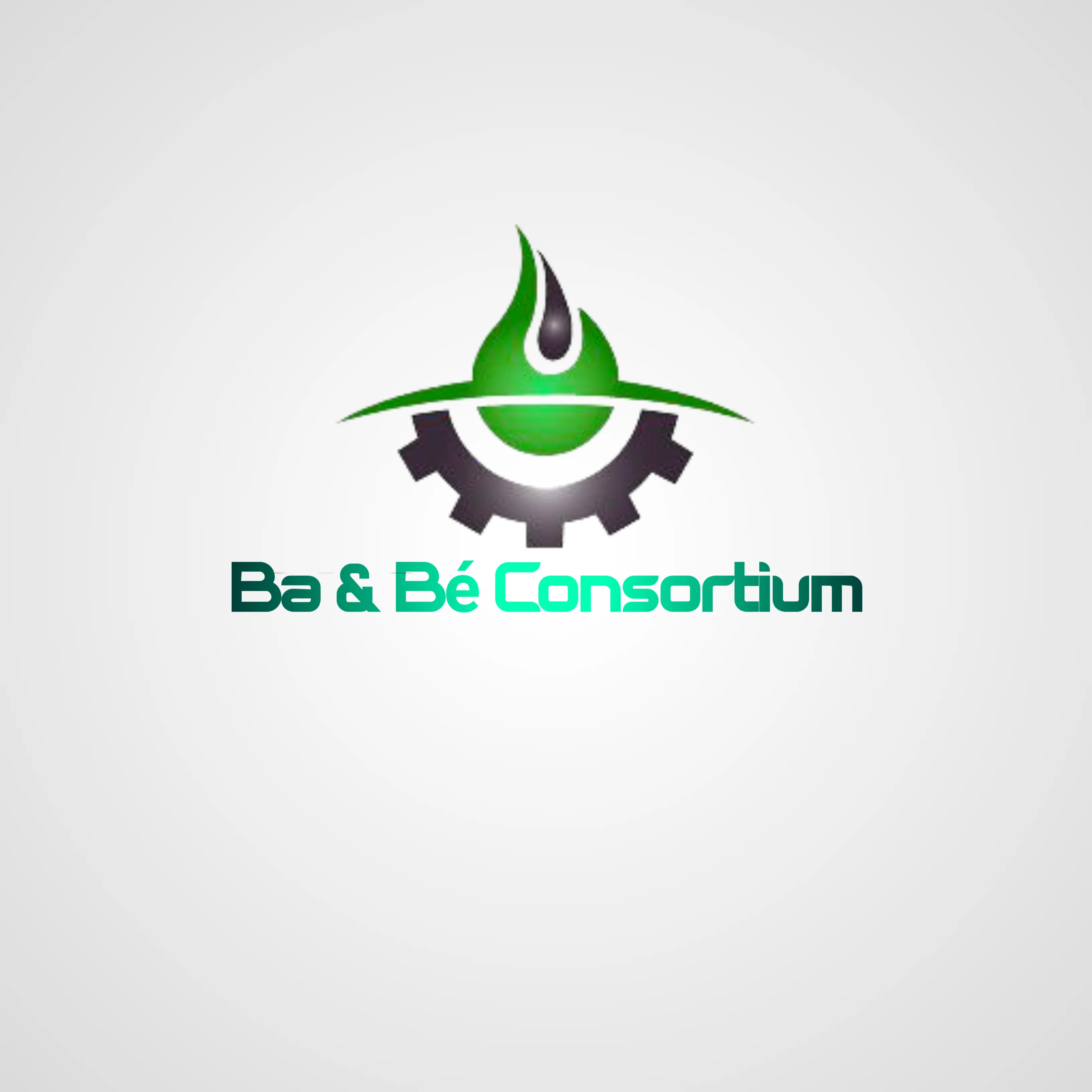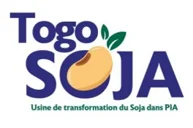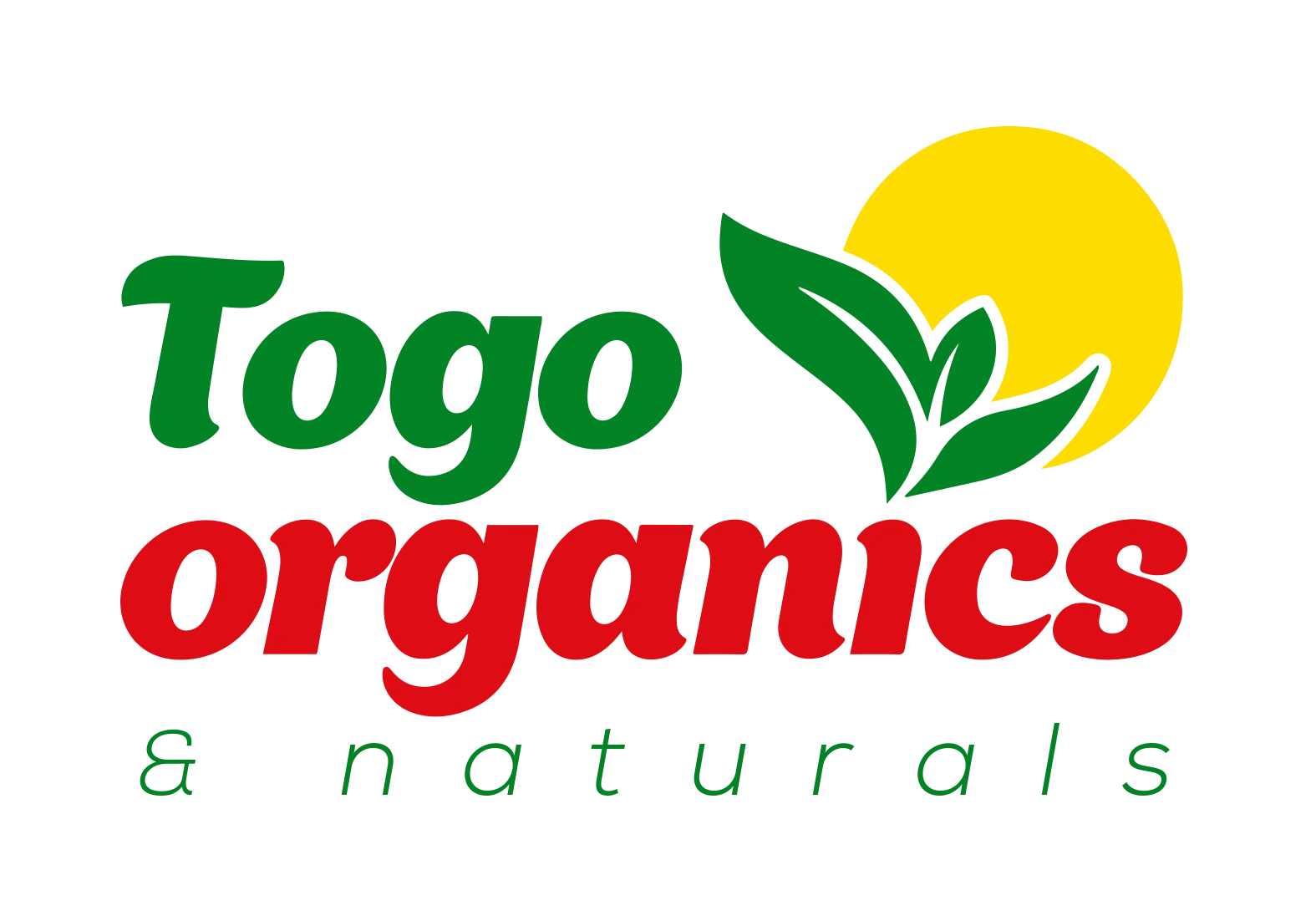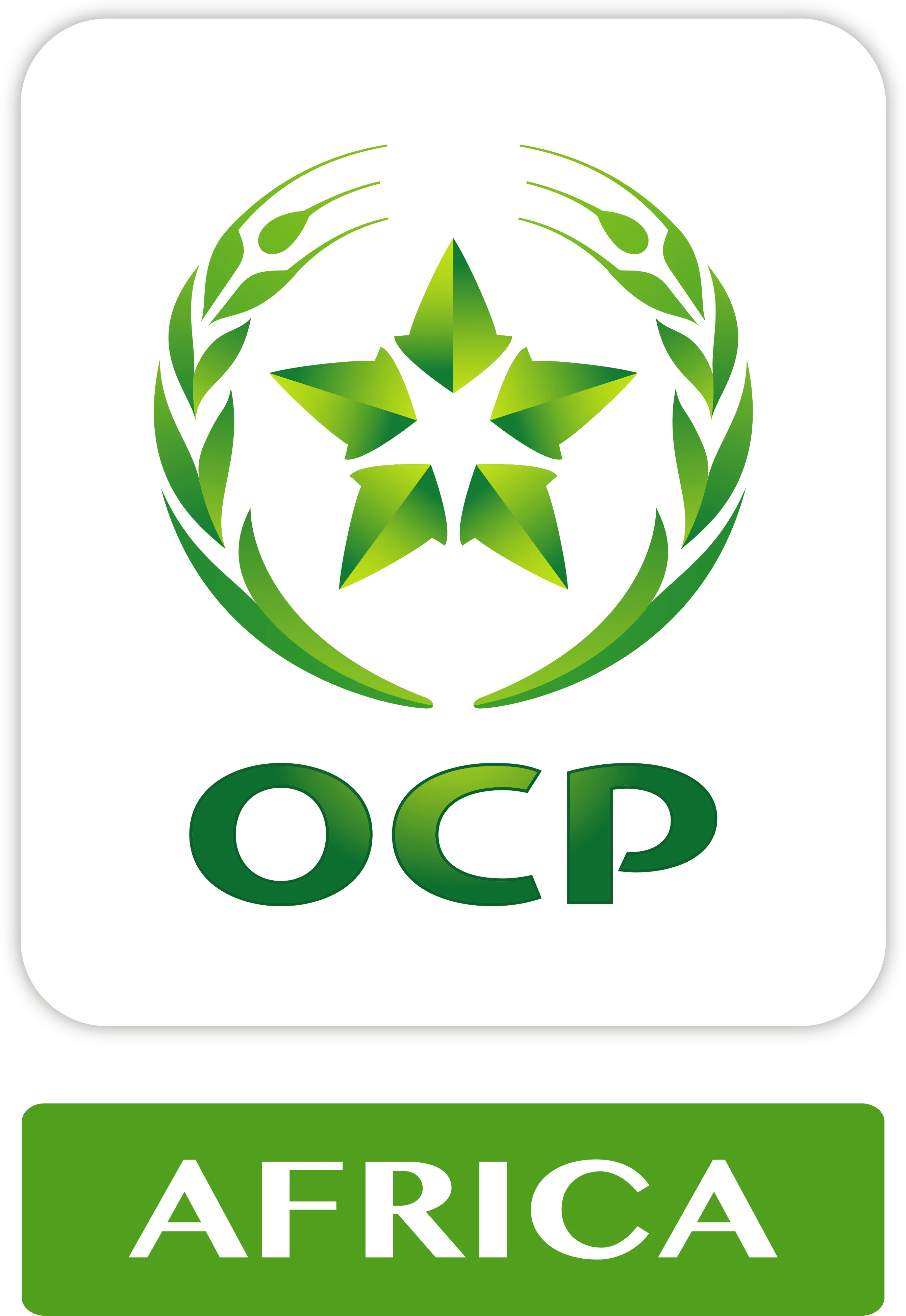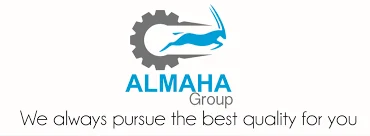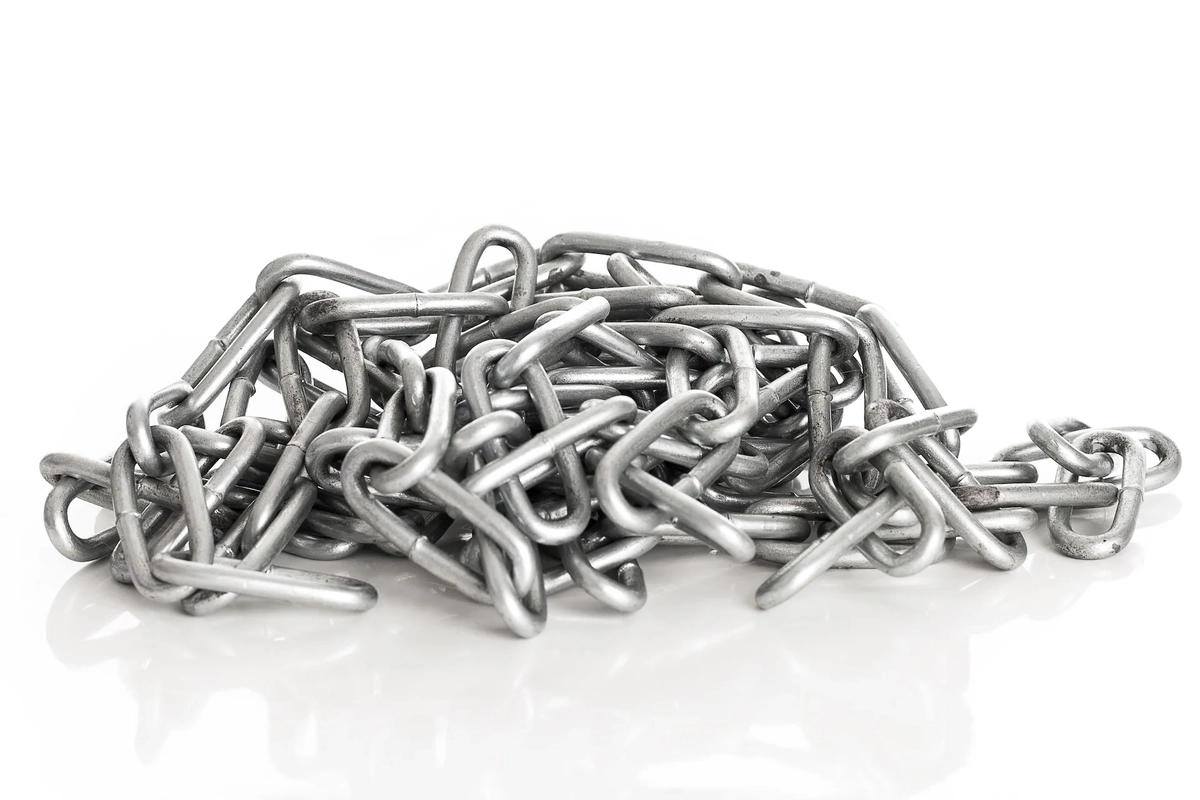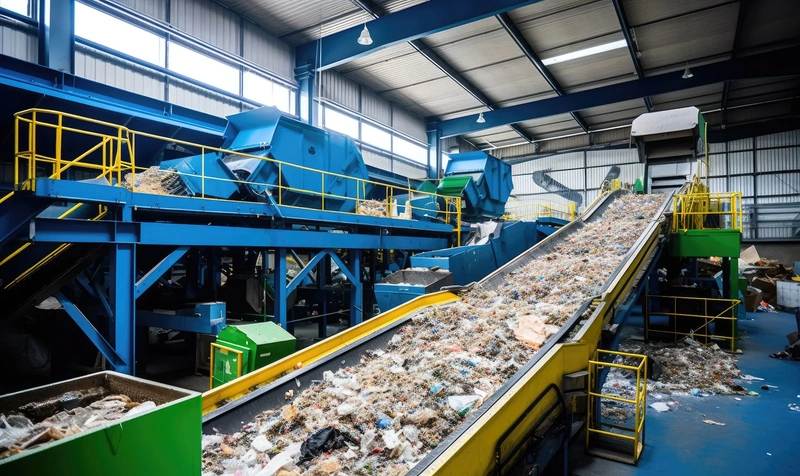What are the main types of metals suitable for recycling in the PIC zone?
The primary metals for recycling include copper, aluminum, steel, and precious metals, all of which have significant market demand and recovery potential.
How can investors secure a consistent supply of metal waste for recycling operations?
Establishing partnerships with local industries, municipal waste programs, and scrap dealers can ensure a reliable feedstock for recycling processes.
What are the expected environmental benefits of investing in metal recycling?
Metal recycling reduces landfill waste, conserves natural resources, and lowers greenhouse gas emissions compared to primary metal production.
What are the technological innovations driving the metal recycling sector?
Innovations such as automated sorting systems, hydrometallurgical processes, and advanced smelting techniques are enhancing recycling efficiency and recovery rates.
How can businesses in the PIC zone address challenges related to waste management?
Implementing effective waste segregation, collection strategies, and community engagement programs can help address metal waste management challenges.
What regulatory considerations should investors be aware of when entering the metal recycling market?
Investors must comply with local environmental regulations, waste management laws, and industry standards to ensure responsible and sustainable operations.
What role does community involvement play in the success of metal recycling initiatives?
Community involvement fosters support for recycling programs, encourages responsible waste disposal practices, and can provide a workforce for recycling operations.
How can investors measure the economic viability of metal recycling projects in the PIC zone?
Conducting market research, assessing operational costs, and analyzing potential revenue from recovered metals can help evaluate economic viability.
What is the impact of global metal prices on local recycling businesses?
Fluctuations in global metal prices can directly affect the profitability of recycling operations, making it essential for investors to stay informed about market trends.
What are the export opportunities for recycled metals produced in the PIC zone?
Recycled metals from the PIC zone can be exported to international markets, particularly in Europe and Asia, where demand for sustainable materials is rising.
What training and development programs are available for the local workforce in the recycling sector?
Collaborating with local educational institutions and vocational training centers can enhance skills in recycling technologies and operations.
How can investing in metal recycling contribute to the circular economy in the ROC?
Metal recycling reduces resource extraction, promotes sustainable practices, and supports local economies, aligning with the principles of a circular economy.
